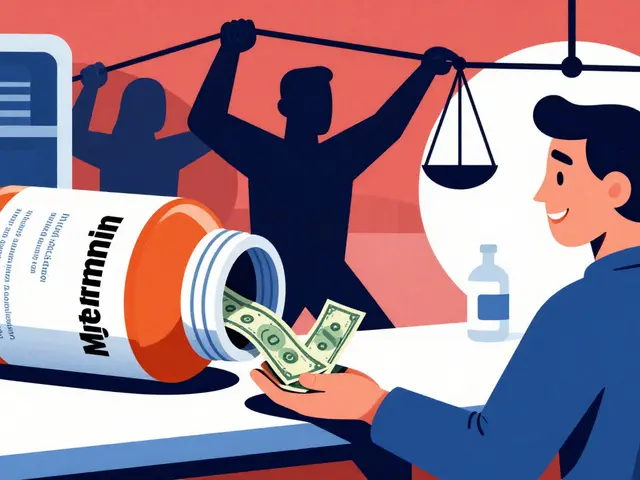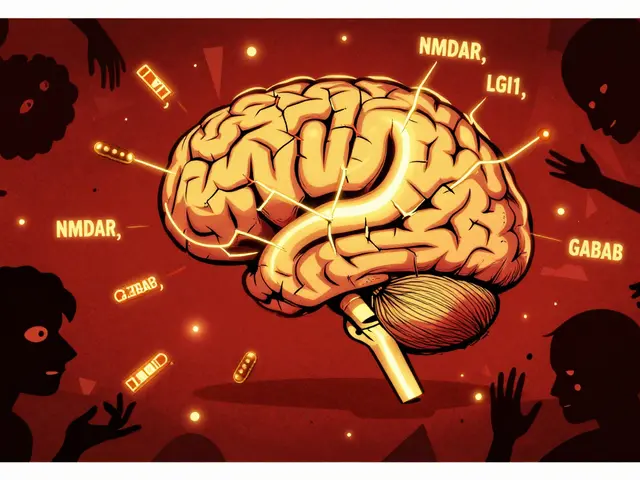Understanding Baclofen – What It Is and How It Works
Baclofen is a prescription medication that relaxes muscles by acting on the spinal cord. Doctors usually give it to people with spasticity caused by conditions like multiple sclerosis, cerebral palsy, or spinal cord injuries. Think of it as a calming signal for overactive nerves that makes stiff muscles easier to move.
When you take baclofen, it binds to GABA receptors in the brain and spinal cord. This slows down nerve signals that tell your muscles to contract too hard. The result is fewer cramps, less pain, and smoother movement. It’s not a cure for the underlying disease, but it can make daily life a lot more comfortable.
When to Take Baclofen
The usual starting dose is low – often 5 mg three times a day. Your doctor will slowly increase the amount until you find the sweet spot where spasticity eases without unwanted side effects. It’s important to take baclofen at the same times each day; skipping doses can cause withdrawal symptoms like rapid heart rate, high blood pressure, or even seizures.
If you’re on other muscle relaxants, pain meds, or alcohol, tell your doctor. Baclofen can amplify sedation, so you might feel drowsy after a dose. Most people find it safest to take the larger doses at night if they get sleepy, and keep the morning dose small enough to stay alert for work or school.
Managing Side Effects
The most common side effects are mild: dizziness, sleepiness, dry mouth, or a feeling of weakness. These usually fade as your body gets used to the drug. If you notice trouble breathing, severe stomach pain, or an irregular heartbeat, call your doctor right away – those can be signs of a rare but serious reaction.
To reduce dizziness, stand up slowly from sitting or lying down. Staying hydrated helps with dry mouth and can lessen headaches. Some people find that eating a small snack before taking baclofen smooths out the stomach upset.
If you need to stop baclofen, never quit abruptly. Your doctor will taper you off over several days or weeks to avoid withdrawal symptoms. Keep track of how you feel during the taper – any sudden jump in spasticity or new anxiety should be reported.
Overall, baclofen works best when paired with physical therapy and a healthy lifestyle. Stretching, regular exercise, and good posture can enhance the drug’s effect and may let you stay on a lower dose.
Got more questions? Talk to your pharmacist or doctor about how baclofen fits into your treatment plan. Knowing what to expect and how to handle side effects makes it easier to get the relief you need without surprises.





